In Latin America, coffee = important. Costa Rica is no exception: when coffee production exploded here in the 1830's and '40's, the mighty little bean catapulted the country into the world of Atlantic trade, starting what would be a long history of commercial and cultural exchange.
The word “exchange” gives the relationship Costa Rica (and pretty much every other Central and South American country) had with the rest of the world far too much credit: It connotes a certain level of bilateralism, respect, and equality that simply didn't exist. I'll do my best to not bring out my dependency theory soapbox in this post, though.
Last Friday, we visited a small coffee farm owned and worked pretty much singlehandedly by a guy named Don Victor. He spoke no English, so our ecology professor translated as he showed us around his small farm and walked us through every step of the coffee process, from planting baby coffee trees to harvesting, drying, peeling, roasting, and blending the resulting beans.
Coffee is a major export in a number of Latin American countries, especially Colombia (think Juan Valdez) and Brazil, where massive corporate plantations of sun-grown coffee fill the countryside. In an attempt to carve out a quality-, not quantity-based niche for itself in the insanely lucrative global coffee market (it's the most valuable export commodity in the world), Costa Rica has chosen to regulate the plant pretty heavily. That regulation, combined with the harvest's heavy reliance on human labor over mechanization, means the big corporations active in this country are less attracted to the crop (Standard Fruit Company, et al much prefer pineapples and bananas - see this post). Here, most coffee is shade-grown by smaller farmers and cooperatives, and all of the coffee production I have had a chance to see thus far has been fairly sustainable and small-scale.
Don Victor's farm fits the bill. His farm is only a few hectares big, all his cafe arabica coffee is shade grown, and his not perfectly straight rows of coffee trees tend to contour around plantain and banana trees he planted as well as a number of old-growth trees that he has left untouched. His wife is an orchid collector, which he doesn't complain about because the beautiful collection of terrestrial and epiphetic (they grow out of tree trunks) flowers attracts a diverse selection of wild bees that pollinate the coffee. Nearer to his house, Don Victor keeps a garden where he grows citronella, lemongrass, ragweed, mint, oregano, spearmint, and other coffee varieties like cafe gueycha, as well as a whole bunch of other things I couldn't scribble down quickly enough to catch. As a member of the Santa Elena Coffee Cooperative, during harvest he drives some of the harvested fruit to the Coop beneficio, or coffee processing facility, but he also runs his own mini production shop, drying, peeling, roasting, and blending coffee in his backyard.
Shade grown coffee tastes a lot better than the alternative (so they tell me: I still haven't learned to like coffee at all), so the more sustainable production process is supported by the higher prices their coffee fetches within both the coffee aficionado and the fair trade/organic markets in Europe and the United States. The higher price not only helps coffee growers make a living wage: shade grown sustainable coffee creates corridors between otherwise disconnected forest segments, creates habitat for the dozens of species of migrant birds for whom Costa Rica is a pit stop, and absorbs carbon: two hectares of shade grown coffee absorbs as much CO2 as one hectare of old growth forest.
That's a banana flower. Each of those tiny yellow flowers will become a banana.
Coffee is a commitment: unlike corn or soy, which you have to replant every year, it is an orchard crop; the same plant blooms every year. It takes about three years before a coffee plant is ready to produce its first salable fruits, so it's a big upfront investment. When the market takes a downward swing, farmers can't just up and plant another crop that will sell better, as they have invested years and years into creating ideal conditions for coffee variety they have been growing. When we visited his farm, Don Victor was in the process growing young saplings to replace some of his oldest and tiredest trees: they had been producing coffee for upwards of thirty years.
baby coffee plants.
We also visited the beneficio (processing plant) of the Santa Elena Coffee Cooperative, of which Don Victor is a member. The Cooperative, a fair trade, organic coffee cooperative that exports high quality coffee to the United States using the Café Monteverde brand has been around for 19 years and is made up of 42 farms, all family owned. Through a partnership with some folks in Montana, they sell to a whole bunch of places in the US, as well as online.
The Cooperative runs training, community-building, and vocational programs for their members and their member's kids, and offers educational scholarships to help families pay for high school or college. It's an amazing, positive community, but it's not easy. Tying your own income to the production of 41 other families, especially in bad harvest years (and there have been a few recently) is a big risk, and some families decide to just go it alone. The coop has recently had to stop a few of its programs, such as recycling millions of discarded coffee bean skins as compostable coffee bags.
The cooperative, and everyone in this region who grows coffee for export, are faced with the same hard questions: How do you protect yourself and your family from far away market fluctuations you can't control? Does it make more sense to cut down half your farm and start growing something else in order to diversify? Selling your coffee at fair trade prices is the only way to make a decent wage, but what does it mean that that your neighbors could never afford to buy coffee from you? And, the question that seems to be on the mind of most of the farmers I have met in the last few weeks: What if my kids don't want to work the farm when I get older? What happens then?

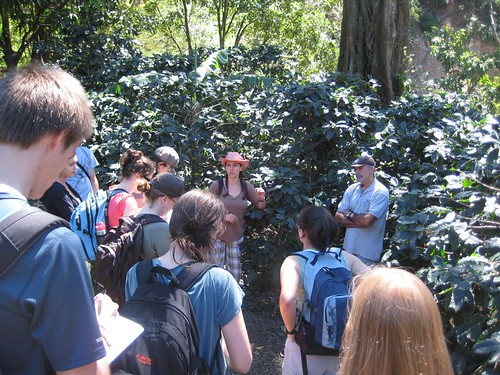
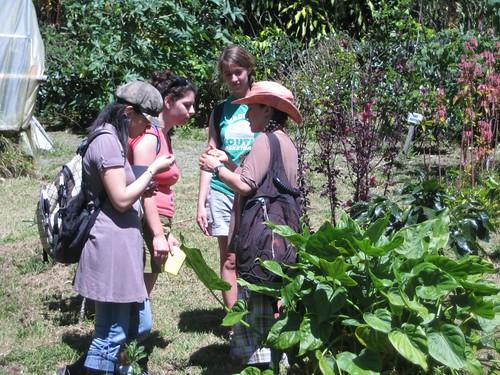
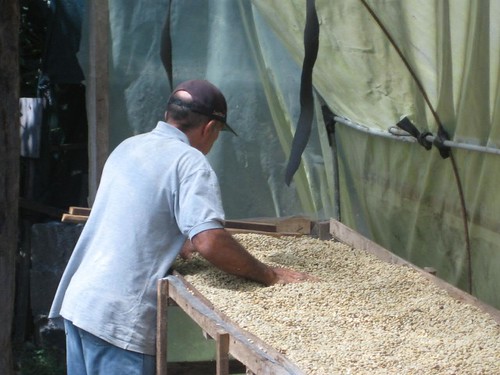
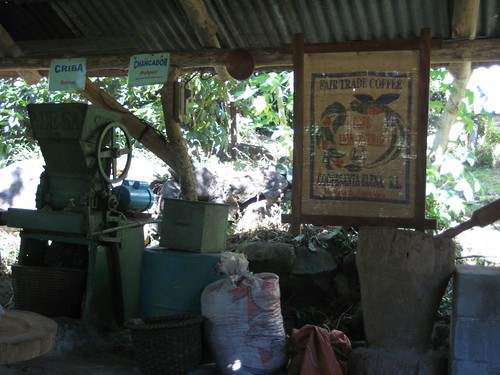
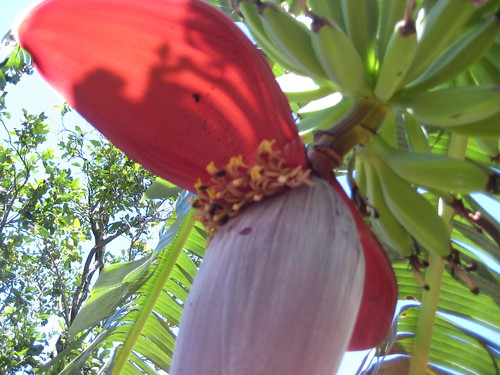
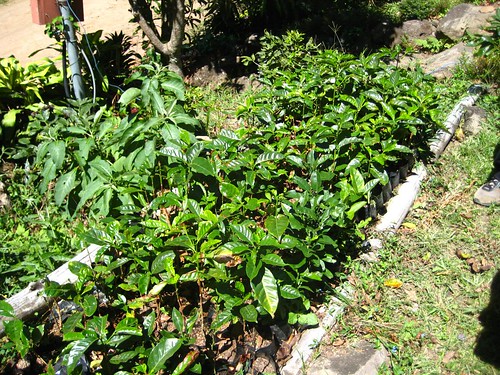
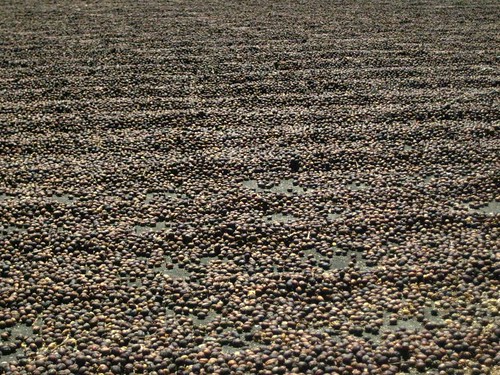




Costa Rica is a country with an extremely sense of freedom. The landscapes are for many people the greenest in whole center America. The chances of investments are very high; the average of Americans, European and people of the entire planet who are buying here is up in the sky!!! Great investment opportunity in Costa Rica
ReplyDelete